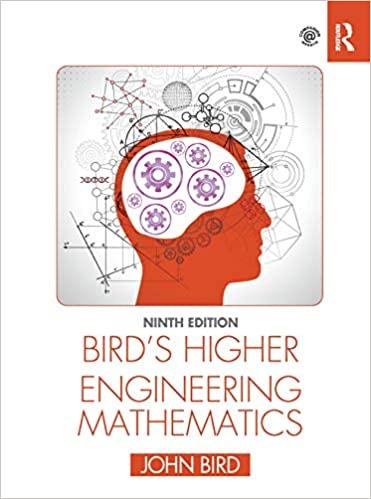Question
4. Consider a gigantic bin with an unknown (but VERY large) number of balls, 60% of which are purple. a. Suppose that you want to
4. Consider a gigantic bin with an unknown (but VERY large) number of balls, 60% of which are purple.
a. Suppose that you want to estimate the probability of picking two purple balls where the second drawing is made 'without replacement.' Based on what you see when you look at the differences between the answers in the "b" and "c" parts of part 1 (with only 10 balls), part 2 (with 100 balls), and part 3 (with 1000) balls, does it seem reasonable that you can approximate this by the probability of picking two purple balls where the second drawing is made 'with replacement?' Explain why or why not.
b. Can you compute the probability of both balls being purple if you randomly pick two balls where you replace the first ball before picking the second (i.e., the drawing is 'with replacement')? (Hint: What did you discover in part 1d?) If so, what is this probability.
c. Can you go one step further and estimate the probability of all three balls being purple if you pick three balls at random 'without replacement.' Explain your reasoning.
Step by Step Solution
There are 3 Steps involved in it
Step: 1

Get Instant Access to Expert-Tailored Solutions
See step-by-step solutions with expert insights and AI powered tools for academic success
Step: 2

Step: 3

Ace Your Homework with AI
Get the answers you need in no time with our AI-driven, step-by-step assistance
Get Started


